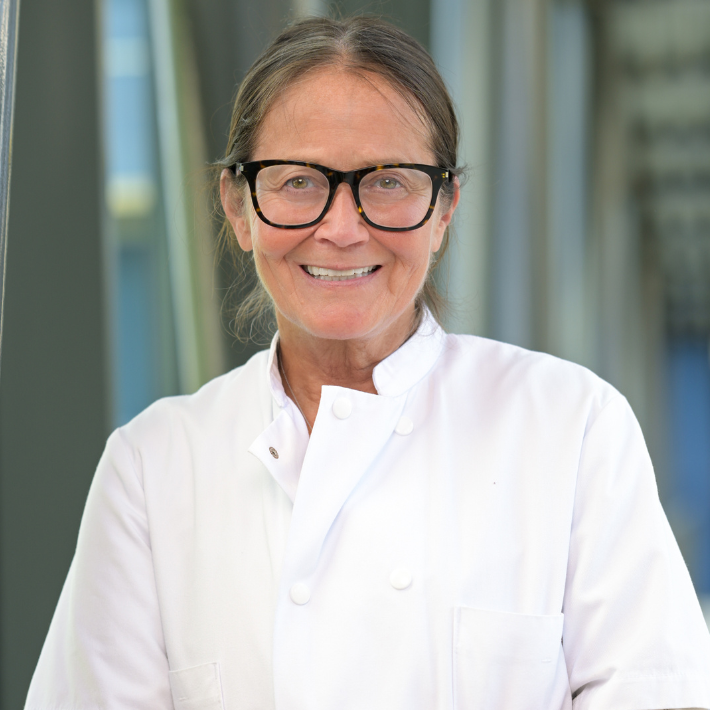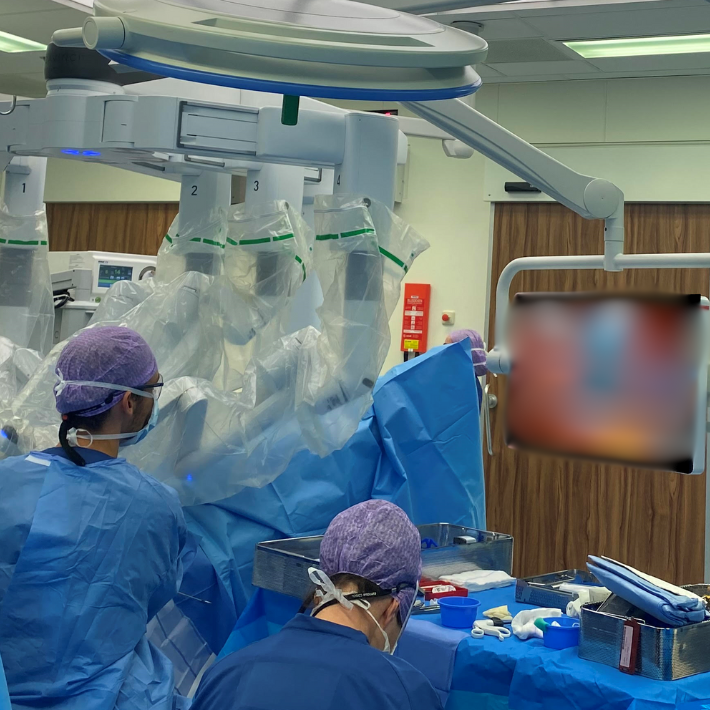How AI can give doctors more time at the bedside
&width=710&height=710)
“In the middle of the journey of our life, I found myself in a dark forest, for I had lost the right path.” Sesmu Arbous begins her inaugural lecture with the opening lines of Dante’s Divine Comedy (1321), a book she received from her parents upon graduating as a doctor. Now, she sees the same confusion in healthcare. We are at a crossroads, she explains—a complex journey in which we must integrate AI in a responsible and meaningful way. She points to aging populations, staff shortages, rising costs, and on the other hand, the enormous amount of data and the rapid development of technology.
She has worked at LUMC for over twenty years. Since last year, she has been Professor of Intensive Care Medicine. “A great honor, the crowning achievement of my work.”
Understanding health and disease
Arbous is capable of and does a lot—though she would never say so herself. She works as an anesthesiologist-intensivist in the ICU, is a clinical epidemiologist, director of the Technical Medicine master’s program, and has taught intensive care medicine for years. Since childhood, she has wanted to become a doctor—to understand the body, health, and disease. Her beautiful name comes from her Chinese and French grandfathers.
In her lecture, she describes herself—the doctor—standing in the doorway of the ICU, looking at a patient. “How much medicine had changed since her student days! AI was now everywhere: in diagnostics, monitoring, therapeutic advice, and administrative processes. Yet she understood this patient hardly better than twenty years ago. Intuition and experience still proved more important in practice than anyone dared admit.”
Communicating and meditating
When Arbous is called at night during her ICU shift at the LUMC because a patient is deteriorating, she thinks during the walk there about everything she needs to do—like who to direct for ventilation. It may sound like a cliché, but in such moments, good communication and considering the entire team are crucial for the best outcome, she explains. Her dissertation focused on quality and safety in anesthesiology. An ICU patient requires about 200 procedures and 240 clinical decisions daily. Arbous seems to handle it all effortlessly—perhaps daily meditation helps.
She also worked in the ICU during the COVID-19 pandemic, “an intense time, where everything was magnified,” during which she witnessed and felt much suffering, but also learned a great deal. We learned then that post-ICU patients often face ongoing health issues. One of her studies—Europe’s first—focuses on these “ICU survivors,” whose complaints are still poorly understood. Some now wear wristbands to monitor heart rate, blood pressure, and steps.
Turning data into wisdom
“I’m actually a nerd,” she says, explaining her research interests. “I love data and turning that vast amount of data into knowledge, and then wisdom.” But she also cautions: “We shouldn’t embrace every new technology or algorithm blindly. It must first and foremost be useful and effective for the patient.” She believes interdisciplinarity is essential, as no single profession can fully grasp the rapid developments.
Technology should make workflows more efficient and care more personalized. This will change the role of doctors, Arbous believes. “But it doesn’t have to be a bad change. If we do this right, doctors and other healthcare providers will have more time at the bedside—and thus more time for compassion.”

&width=710&height=710)
&width=710&height=710)